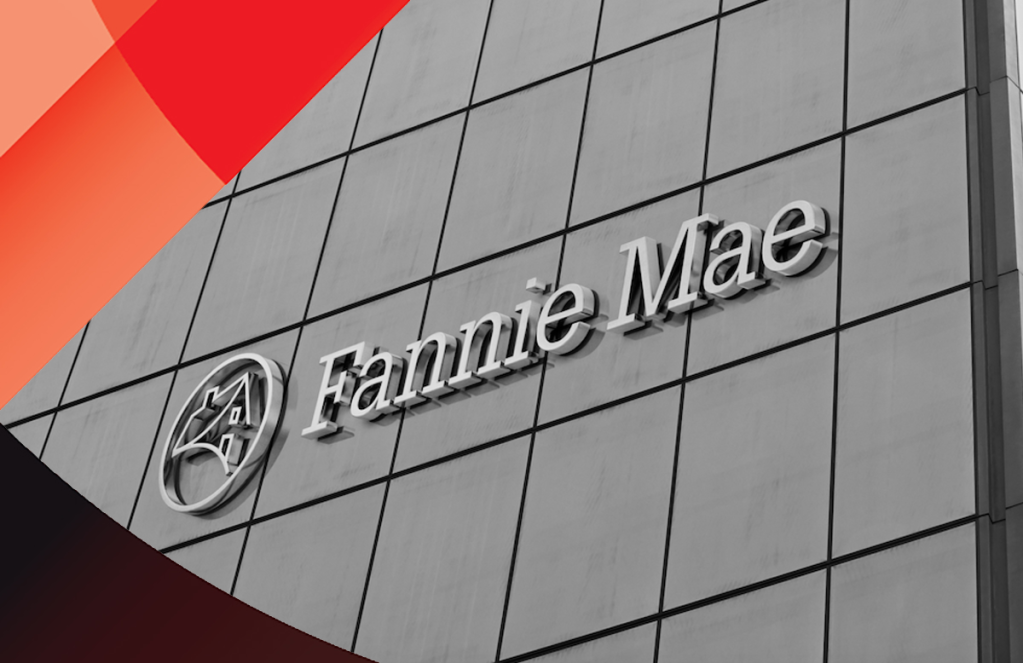Fannie Mae will now buy mortgage loans with lender-funded grants, including down payment assistance, closing costs or financial reserves.
The change could give nonbank lenders a way to guard against redlining accusations.
The government-sponsored enterprise will start accepting such loans immediately. According to Fannie Mae’s guidance, “The lender must have a documented program that provides grants for low- to moderate-income borrowers, community development, equitable housing initiatives, or similar initiatives.”
Lender special purpose credit programs — tailored to benefit underserved groups — would fit the bill. There are, however, a number of additional caveats for a mortgage loan with a lender-funded grant to be eligible for sale to Fannie Mae.
The borrower must make a 3% contribution from other sources of funding. The loan must be secured by a principal residence. The loan must also be underwritten under Fannie Mae’s HomeReady program, which is geared toward low-income borrowers, and gives lenders a break on up-front fees if the borrower has a high loan to value ratio and a credit score over 680.
Why any lender would create a downpayment assistance fund with its own money — rather than that of a state housing finance agency or other source — is not clear from Fannie Mae’s guidance.
How To Increase Production and Help Customers Achieve Wealth Through Homeownership
This case study explores how Fulton Mortgage Company achieved its goal of delivering a more personalized, digital mortgage experience for borrowers, while also increasing production and return on assets.
Presented by: Mortgage Coach
A Fannie Mae spokesperson said that the Selling Guide was updated in response to lender interest in helping prospective homebuyers with downpayment assistance.
For banks, there is a potential incentive for making targeted programs. They could get credit toward passing their community reinvestment act exams, depending on the outcome of that statute’s major rewrite.
Nonbanks, however, are not subject to the law.
GSE incentives could encourage nonbank lenders to create special purpose credit programs. But there is another, potentially more urgent motivator: Creating special purpose credit programs might help nonbank lenders avoid being labeled a redliner.
“A nonbank would do it in order to stave off accusations of redlining,” said David Stevens, CEO of Mountain Lake Consulting. “For some larger IMBs it may make sense to establish a [down payment assistance] fund to show their proactive effort in this error. A stitch in time saves nine, as my mom used to say.”
Regulators have communicated that they are now looking at nonbank mortgage lenders to assess whether they are redlining. That’s despite a February report by the Urban Institute which found that nonbanks made a greater share of their owner-occupant home purchase mortgage loans to borrowers of color than banks.
But the redlining accusations from regulators are now much more than empty threats.
The Consumer Financial Protection Bureau and the Department of Justice recently settled with nonbank mortgage lender Trident Mortgage, a subsidiary of Berkshire Hathaway HomeServices, for $24 million. That marked the second-largest redlining settlement in DOJ history.
There may be more to come. Sources told HousingWire that there are a significant number of pending redlining cases at the DOJ, and at least some of them target nonbank lenders. Daniella Casseres, a partner at Mitchell Sandler, said her firm is representing lenders in several redlining cases.
EDITOR’S NOTE: This story has been updated to include a statement from Fannie Mae.





